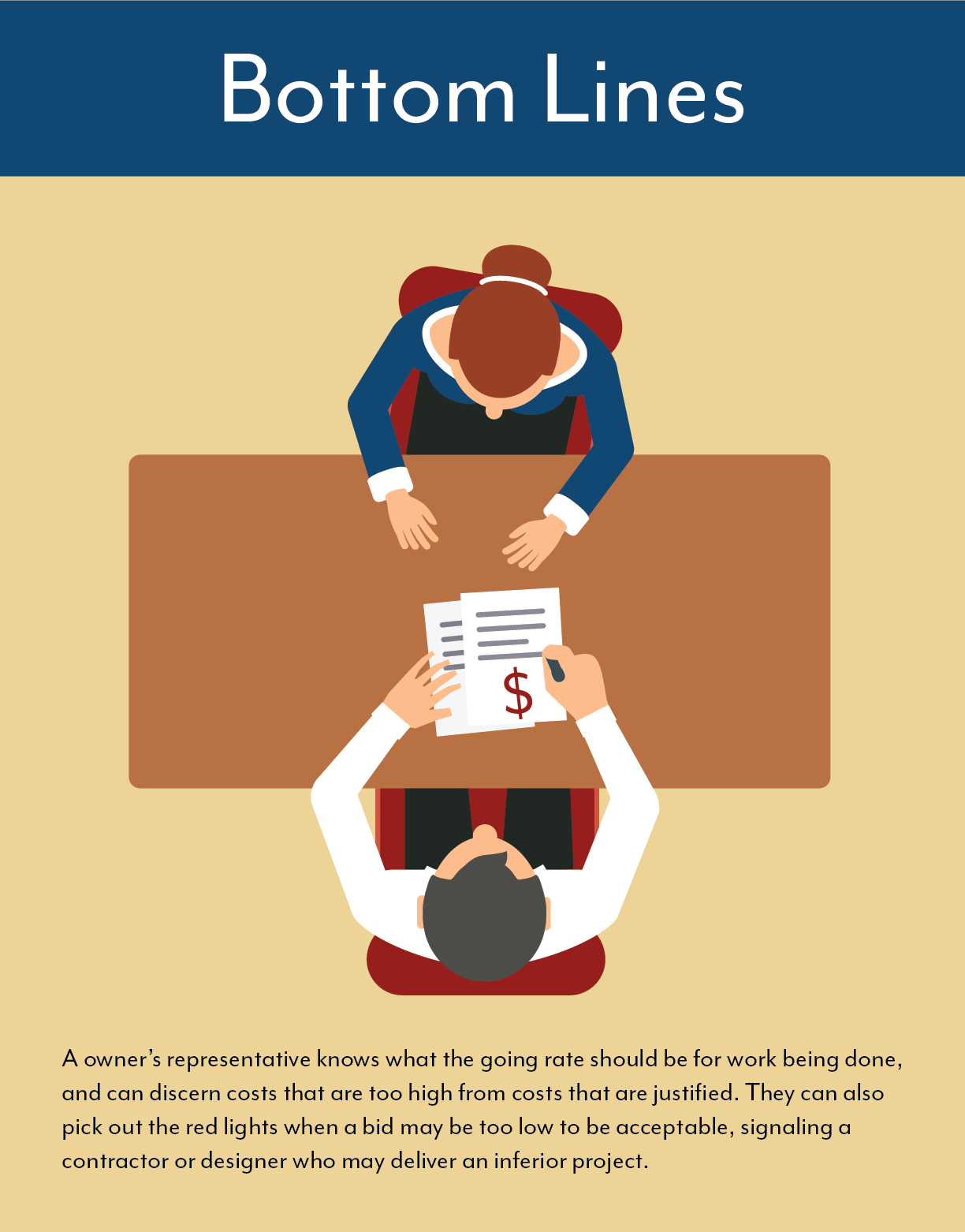There are many tasks that an owner’s representative or construction manager will perform over the course of a project. Plenty of them are highly visible – tasks such as obtaining permits, evaluating proposals, setting up a meeting, and monitoring progress as the project proceeds.
For a construction manager or owner’s representative, one of the most vital tasks for the long-term success of a job is building a dream team of contacts for all aspects of the project. This can include general contractors, suppliers, architects, engineers, and other vital cogs in the machine. It’s not always the most visible task, and it certainly doesn’t get the limelight, but putting together the best team possible can be the difference between a successful project or an unsuccessful one.
The construction manager needs to be like Quinn Buckner, Rod Thorn, Chuck Daly, and Lenny Wilkens. You might not know who they were but you know what they created – the original Dream Team.
Relationships Matter
To begin with, a construction manager should have existing relationships with general contractors, architects, and suppliers. They’ve already done some of the weedings out through their years of experience. They know which ones are reputable, or which ones are unreliable.
This can be great for expediting the project, as relationships work both ways. If contractors and architects know the reputation of your construction manager, they will know what they are getting into. They will have an idea of the types of projects this person runs and their expectations. Provided you select a reputable owner’s rep, this could even mean bids that are more competitive.

Previous relationships also mean that the owner’s rep knows which contractors, architects, engineers, and suppliers work better together. On the original Dream Team, certain players like Karl Malone and John Stockton were selected because they were complementary. Meanwhile, Isaiah Thomas was left off the team due to a strained relationship with Scottie Pippen and Michael Jordan. Your construction manager should know where parties are complimentary, which could improve your project’s delivery time and quality, and where there are strained relationships, which could endanger your project’s delivery.
Finding the Fit
Everyone has their specialty. Michael Jordan was a great basketball player and part of the Original Dream Team… but don’t remind him of his days spent in the White Sox minor league clubs. You wouldn’t be picking him for Olympic baseball.

Construction managers know the strengths and weaknesses of the team members you’ll be dealing with. They will be able to verify which ones have experience in the area that your project sits in. For instance, if you want a groundbreaking design for your start-up’s office space, a construction manager will know to find a designer and architect with forward-thinking vision. You don’t want a commercial architect who specializes in square concrete warehouses.
Owner’s representatives also have an idea of who to call in as a substitute if the quality or speed of work begins to head downhill with a current contractor, subcontractor, or designer. They have back-ups who will be able to move in at short notice, while an owner may not think to cultivate back-ups. This level of experience by an owner’s rep means that the work can go unimpeded, versus the potential that the project gets delayed for days or even weeks.
Experience with Bottom Lines
Often, a project owner may not be sure what they should expect their project to cost and, along those lines, what are acceptable and average bids by contractors and suppliers. It’s understandable, as owners only handle their own projects. An owner’s representative knows what the going rate should be for work being done, and can discern costs that are too high from costs that are justified.

They can also pick out the red lights when a bid may be too low to be acceptable, signaling a contractor or designer who may deliver an inferior project. For an owner, the low bid may be hard for them to ignore. However, the expertise of an owner’s rep will note when a bid is too good to be true, and investigate further.
They realize that, just because someone puts up good numbers, they might not be good for the team. For instance, the selectors for the Dream Team could’ve selected someone like Michael Adams, coming off a career-best year – but who would have been unlikely to produce on such a high level. Instead, they went with the ever-consistent John Stockton.
Managing Interactions
Some of the biggest headaches during a project can come from the back-and-forth between the design side and the construction side. Managing the egos of these sides of the project can be difficult, particularly as the project moves on. An owner’s rep will always seek team harmony. This helps to alleviate frustration that can come from not all sides of a project knowing the demands and issues faced by other sides.

It’s just like on the Dream Team, where some players needed their egos managed a little more than others, and they relied on the coaches and selectors to do so. The temper of Charles Barkley was in question, as was the ability of Jordan to check his ego and not alienate others on the team. The coaches like Daly and Wilkens needed to manage these interactions as the Olympic trials wore on, just like your owner’s rep will need to do as the project continues.
Developing for the Future
Even on the Dream Team, there were plans laid for the future of Olympic Basketball. By incorporating the likes of Christian Laettner – a college player – and the youthful David Robinson, the selectors and coaches integrated newer talent that could take over and lead later Dream Teams, as veterans like Magic Johnson and Larry Bird were nearing the ends of their playing careers.
Likewise, a good construction manager will know to integrate new talent that can improve the project, as well as set footing for the future. They can discover a contractor who may be able to help out on further projects, or who could be useful on the same project a year or two into the future. This can also help if the owner needs some additional work done on the project at a later date, but the original contractor or subcontractor is unavailable. Having an up-and-coming team in your back pocket that will be up for accepting the work on short notice is the difference between fixing a problem right away or dealing with lengthy headaches.

Putting together the Dream Team for your project might seem like a major project, but for a veteran owner’s representative or construction manager, it should be a breeze. As an owner, it should be one of your primary concerns when looking for a construction manager for your project. Look beyond their base price, and ask around a little to see what the reputation of the representative is when it comes to putting together a team. It can be the difference between the representative teams of 2002-2004, which collapsed on the world stage and the gold-winning original Dream Team. Which would you rather have?






